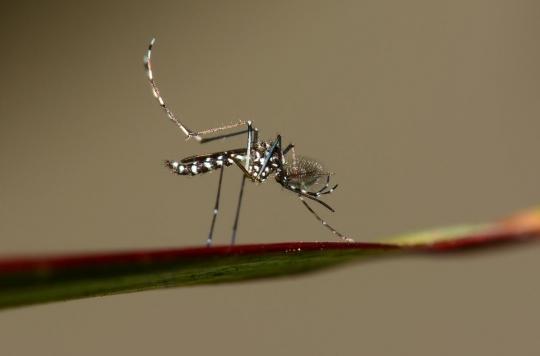The yellow fever epidemic is spreading in Congo. Between January and March, 21 people died. In Angola, nearly 240 patients have died.

The yellow fever epidemic, which has raged in Angola since December 2015, is spreading in the Democratic Republic of Congo (DRC). The country’s health authorities have reported 151 suspected cases, including 21 deaths.
The latter were reportedly reported between January and March, and declared to the World Health Organization (WHO) on March 22. According to information communicated to the WHO, the sick people were detected in provinces bordering Angola. Among these, some are imported cases, in other words they were infected in Angola and then returned to Congo.
The worst epidemic in 30 years
On the side ofAngola, WHO said Wednesday that 1,708 suggestive cases have been reported, including 238 deaths. Almost the entire country is affected by this viral pathology transmitted by a mosquito. The province of Luanda, epicenter of the epidemic, is the most affected. On April 7, Angolan authorities recorded 165 deaths, a majority of them living in the capital, Luanda.
This yellow fever epidemic is the deadliest in the last 30 years in Angola. An outbreak that could spread internationally, notes the WHO. Indeed, imported cases have already been reported in China and Kenya. The risk is that the virus arrives in South America or Asia because the mosquito Aedes, endemic to these regions, is one of the vectors of the virus. The transmission of yellow fever would thus add to the epidemic of Zika and dengue fever.
Vaccination campaign
To limit the spread of the virus, a massive vaccination campaign was launched in February. As of April 7, 2016, 90% of the population of the capital had been vaccinated, and nearly 2 million doses of vaccine are available to vaccinate the rest of the country. The United Nations has even released $ 3 million to implement vector control measures and the purchase of vaccines. No treatment currently exists, vaccination is the only way to protect yourself.
This infectious disease results in the onset of a high fever, body aches, nausea or vomiting, and loss of appetite. After 3 or 4 days, the condition of the patients improves. This is the first phase of the disease, called acute. But 15% of patients will have a second, more toxic phase. Very quickly, jaundice sets in, accompanied by abdominal pain. Bleeding may occur in the eyes, nose and stomach. At this stage of the disease, half of the sick die within 10 to 14 days.
.







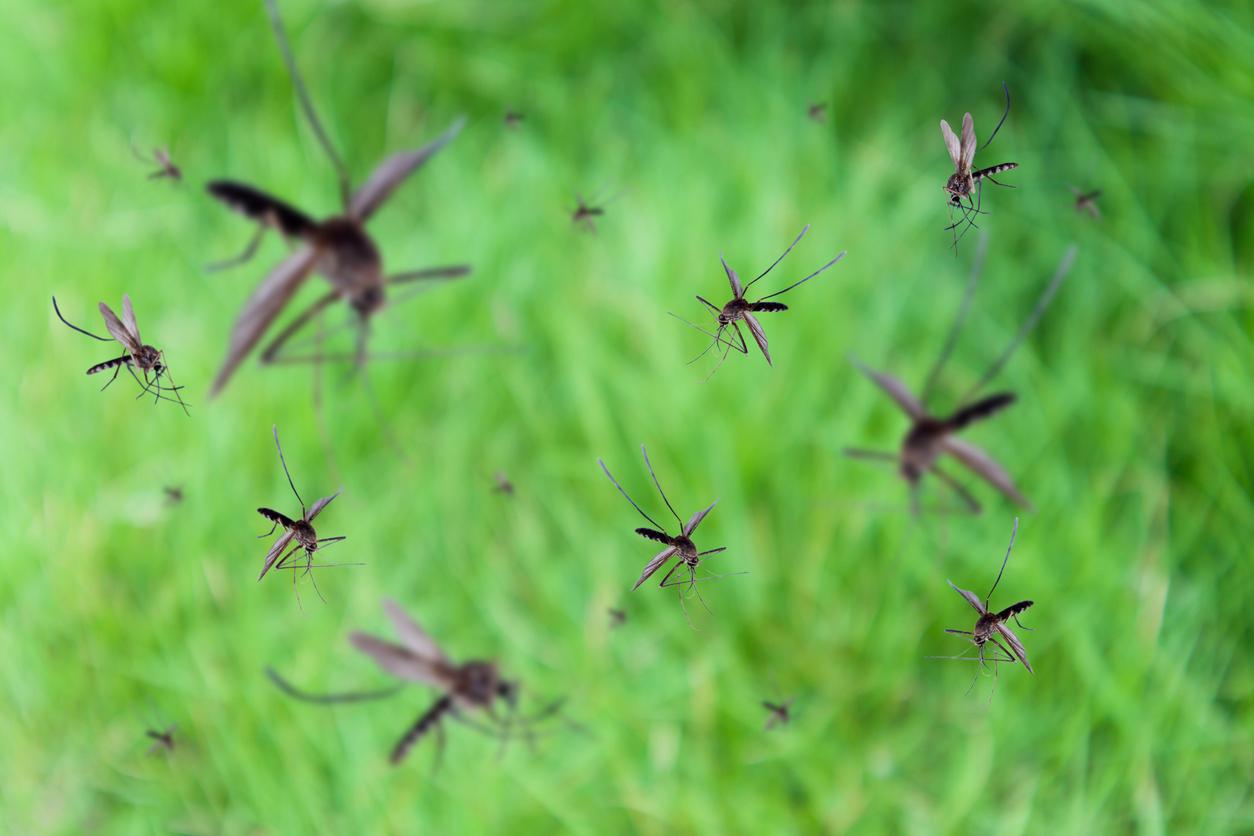



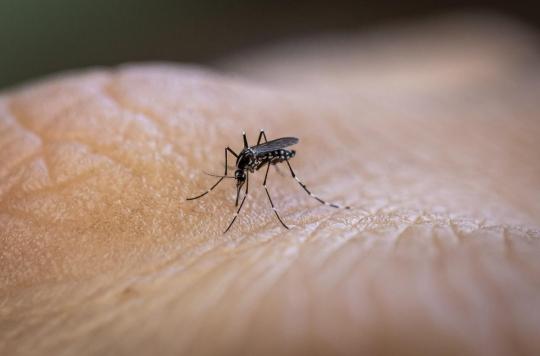
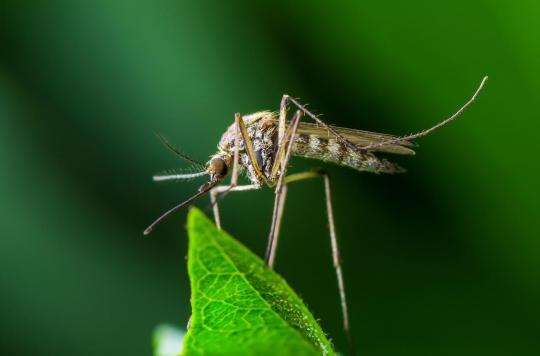
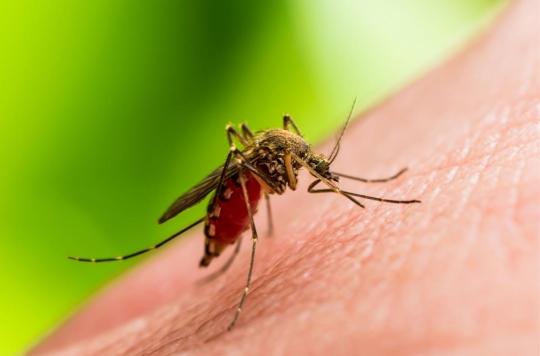
-1574260827.jpg)
